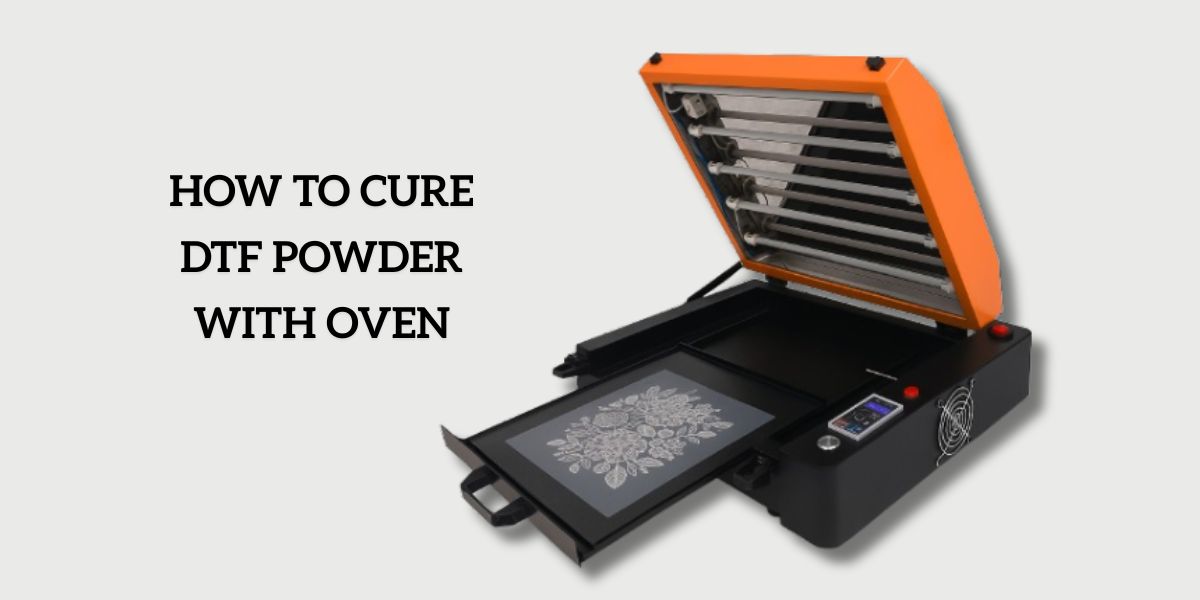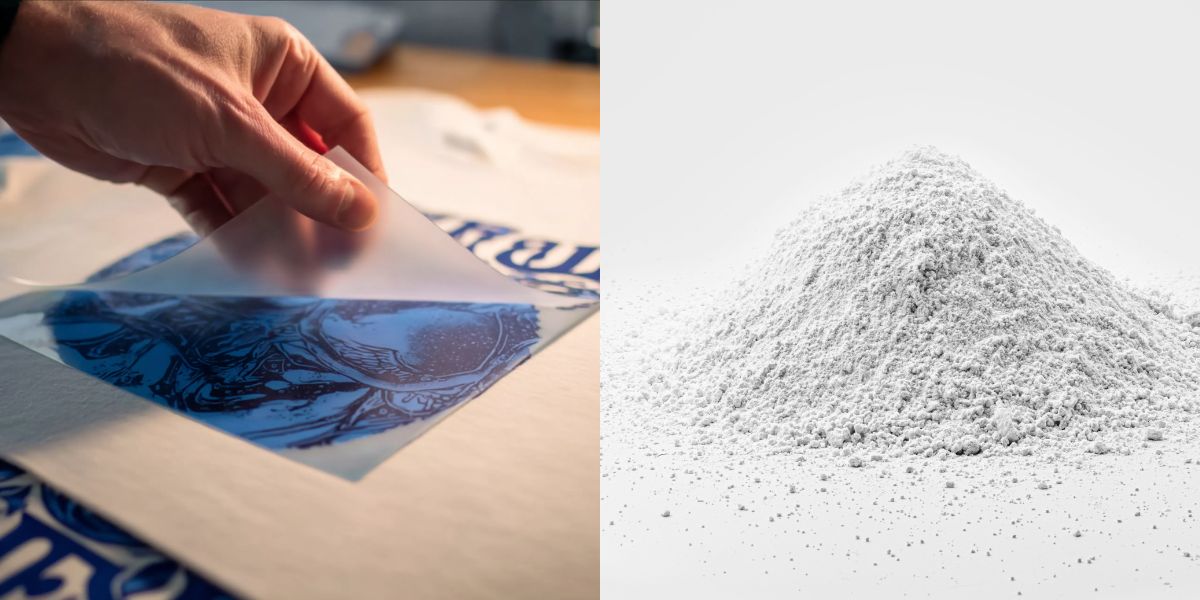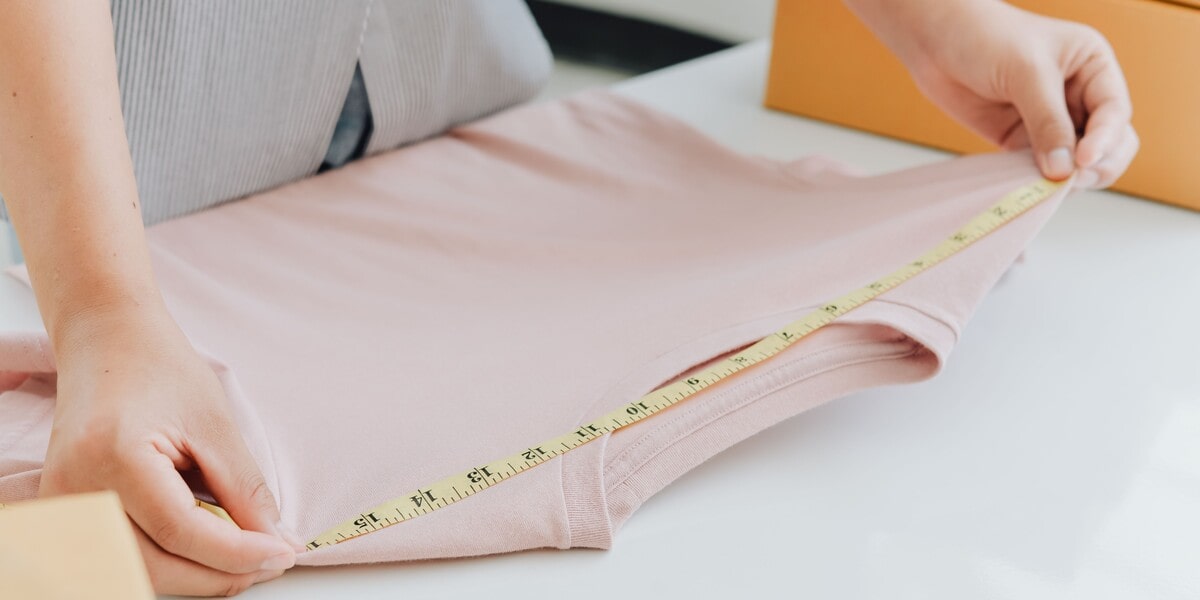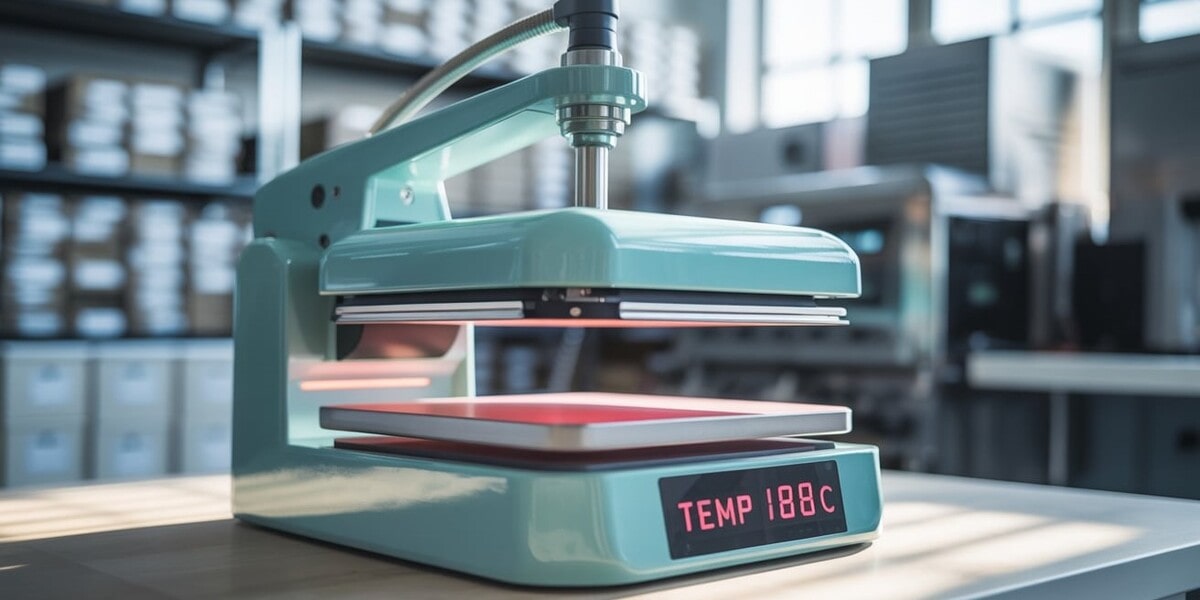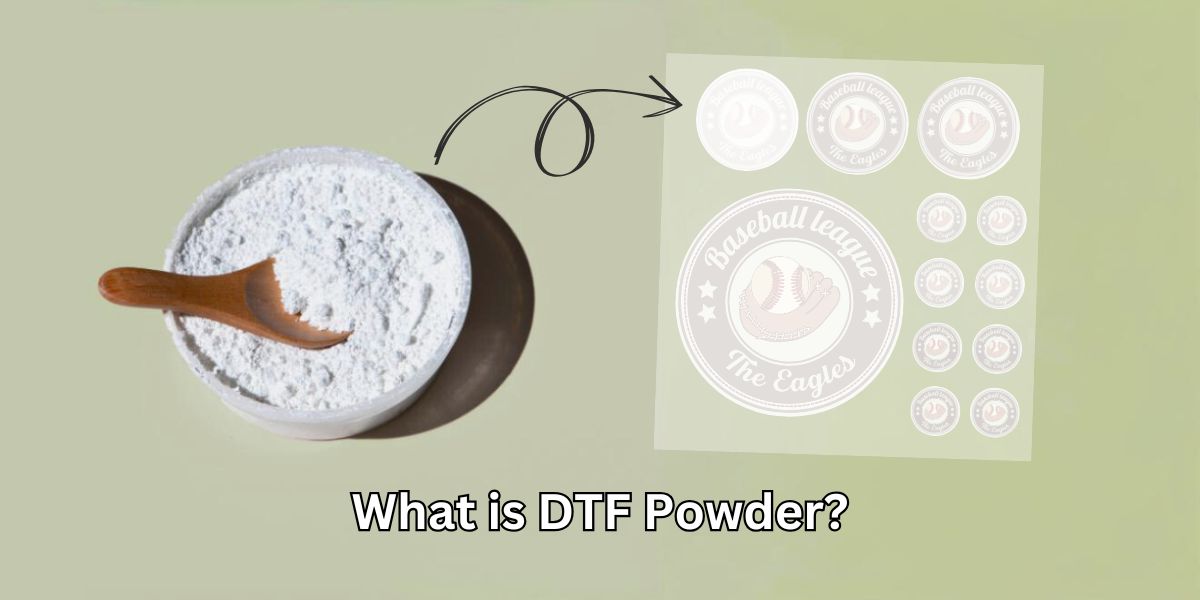
Blog
Flexo vs Digital Printing: A Critical Comparison for Label Printing
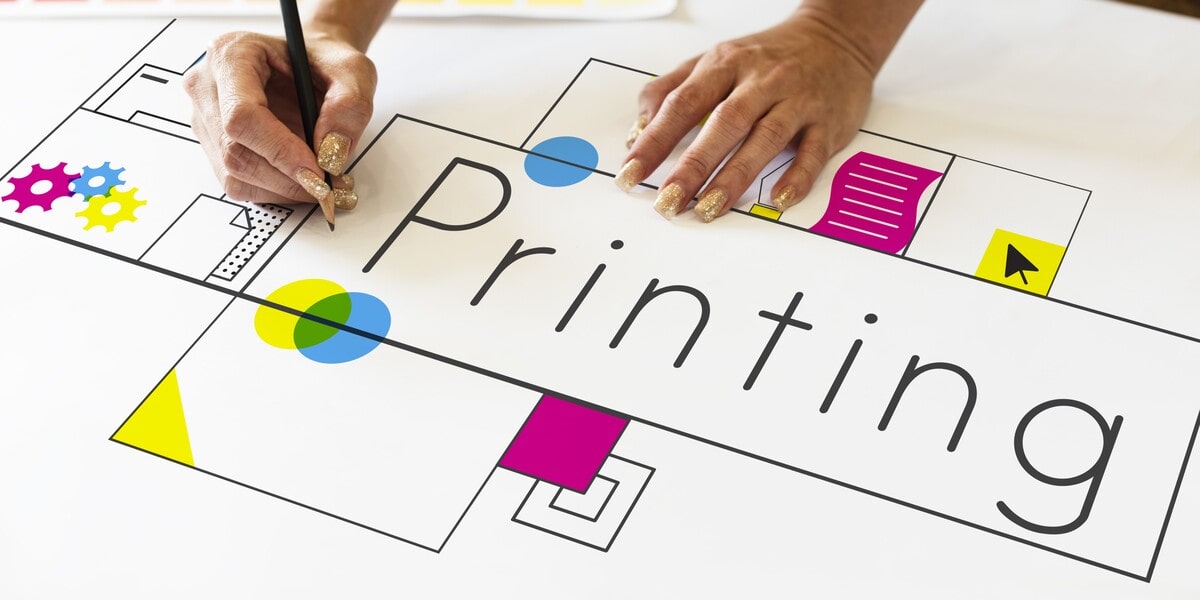
When it comes to label printing, flexo and digital printing are two popular methods and “flexo vs digital printing” is one of the most common questions. Flexo printing is known for its speed and versatility, while digital printing offers modern benefits like quicker setup times and enhanced precision.
So, if you are considering these two methods, keep reading because in this blog, CustomAny will explore the key differences between flexo vs digital printing to help you make the right decision for your label printing needs. Let’s explore!
Flexo vs Digital Printing in producing labels
Before discover the answer for “flexo vs digital printing“, let’s take a look at each printing method, specifically in producing labels.
What is Digital Printing?
Digital printing is a modern method that involves creating digital images directly on the printing surface using inkjet or laser printers.
Digital printing process is quick and flexible because:
- Digital printing doesn’t require plates, making it easy to make last-minute changes and reducing setup time.
- The results are crisp, vibrant labels with sharp images and text, ideal for those that need to frequently update their designs or require short turnaround times.
This method is perfect for smaller runs and highly detailed designs.
Read more about Digital printing.
About Flexographic or Flexo Printing
Flexographic printing, often referred to as flexo, is a printing method that uses flexible relief plates to transfer ink onto various materials.
This printing method is especially effective for high-volume label printing as the setup time is longer but the printing speed is much faster once everything is in place.
Flexo printing is compatible with a wide range of materials:
- Plastic
- Paper
- Metallic films
- …
Its printing results are durable, consistent labels that are perfect for large-scale production.
Read more about Flexographic printing.
Label Printing
Generally, label printing involves several key requirements to ensure the final product meets quality and durability standards:
- Clear, sharp images and text for effective communication and branding.
- The prints must be durable because labels must withstand moisture, heat, and abrasion, ensuring longevity.
- Ability to print on various materials.
- Flexibility to handle both small and large production runs cost-effectively.
As both flexo and digital printing can meet these requirements, these two methods make many people confused when it comes to label printing.
Flexo vs Digital Printing: Detailed comparison in label printing field
Choosing between flexo and digital printing for your label printing project requires a careful consideration of some key factors.
Here’s a comparison table for “Flexo vs Digital Printing in label printing” we’ve summarized for you to easily access:
| Aspect | Digital Printing | Flexo Printing |
| Print Quality | Superior for fine details, gradients, and complex designs. | – Excellent for solid colors- Struggles with fine details and gradients. |
| Flexibility | – Highly flexible- Easy design changes | – Limited flexibility- Costly and time-consuming for changes. |
| Durability | Durable but less robust in extreme conditions. | Highly durable (ideal for outdoor and harsh environments) |
| Setup Costs | Minimal; no plates required, great for small runs. | High due to plate creation; better for large runs. |
| Cost per Label | Higher for large runs, but economical for smaller runs. | Lower for large runs; setup costs spread over volume. |
| Production Speed | Faster for small to medium runs; slower for large runs. | High-speed for large volumes after setup. |
Now let’s come into details and explore how each method performs in different areas:
1. Print Quality
Digital Printing
- Details: Digital printing excels at reproducing fine details, complex designs and even gradients.
- Quality: Prints are sharp, vibrant as a result of using high-resolution digital files.
- Color matching is generally precise.
Flexo Printing
- Quality: Flexo printing provides sharp results, particularly for solid colors and large areas.
- Details: This method may struggle with fine details and gradients due to the limitations of flexible plates used in the process.
2. Flexibility
Digital Printing
As it uses digital files to print, digital printing allows for easy design changes. You can quickly adjust designs without incurring extra costs.
It’s perfect for short runs, variable data printing, and projects needing frequent updates.
Flexo Printing
Flexo printing is less flexible because design changes require new plates, which can be costly and time-consuming.
This method is more suited for long runs where the design is finalized.
3. Durability
Digital Printing
Digital labels are durable. They can handle typical wear and tear but might not be as resilient under harsh environmental conditions like heavy moisture or UV exposure.
Flexo Printing
Flexo printing is known for producing extremely durable labels. The inks used are often more resistant to wear, water, and UV exposure, making flexo ideal for labels used outdoors or in challenging environments.
4. Setup Costs
Digital Printing
Digital printing doesn’t require physical plates. The digital file is used directly, which makes it cost-effective for short runs.
Flexo Printing
Flexo printing involves higher setup costs due to the need for custom plates. Each color requires a separate plate, increasing the initial investment.
5. Cost per Label
Digital Printing
Cost per label in digital printing tends to be higher for large runs due to the absence of setup costs.
Flexo Printing
Flexo printing offers a lower cost per label for large quantities. The initial setup cost is amortized over a larger number of labels, making it more economical for high-volume production.
6. Production Speed
Digital Printing
Digital printing is faster for small to medium runs due to quick setup and immediate printing capabilities. It may be slower for very large runs compared to flexo, as each label is printed individually.
Flexo Printing
Flexo printing is highly efficient for large volumes once the setup is complete. The process is designed for high-speed production.
Choosing between digital vs flexo printing to produce labels
When to use digital printing to produce labels
Digital printing is an excellent choice for label printing in these cases:
- You need small quantities: Without the need for extra plate setup, digital printing is cost-effective for short runs or testing new designs.
- You prioritize customization: If your project requires customization and changes, digital printing allows you to create unique labels for different products or customers without extra costs.
- Your project requires quick turnaround time: Digital printing offers fast production times due to its minimal setup requirements, making it a great option for urgent projects.
On the other hand, flexo printing should be used when:
- You need strongly durable labels: If durability is a priority, flexo printing provides robust labels that resist wear, water, and UV exposure, perfect for harsh environments.
- You have consistent designs: Flexo printing is ideal when your design is consistent across a large batch. It’s less flexible for changes but excels in producing large quantities of the same design.
- You need labels in high-volume: For large-scale production of the same label design, flexo printing is more economical. The initial setup cost is spread over a large number of labels, reducing the cost per unit and making it suitable for high-volume orders.
In short, along with learning about these two printing methods, the key to choosing the suitable one for label printing is understanding your specific needs. So, consider our suggestions to make the right decision between flexo vs digital printing.
Last words
In the consideration of “Flexo vs Digital Printing”, each method has its strengths depending on your labeling needs. Digital printing is ideal for small batches, customization, and quick turnarounds, while flexo printing excels in high-volume production, consistent designs, and durability. So, take your time to weigh your project needs and choose the most suitable printing method for your labels.
Don’t forget that there are more interesting insights on various printing techniques and tips on sticker and label printing on our blog page. Access it here and explore topics that interest you.








